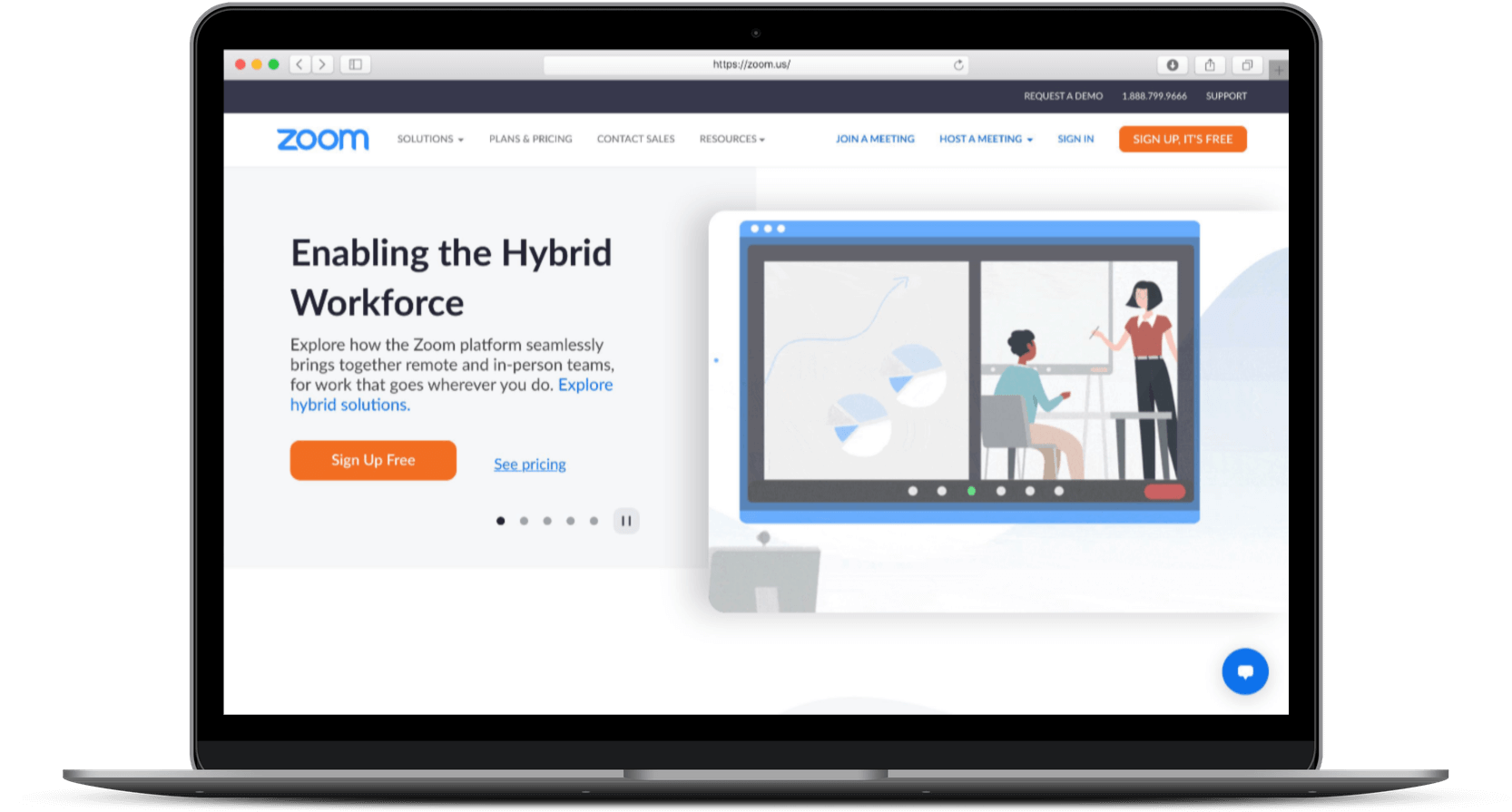5 Systems You Need as a New Coach
When you get started as a new coach, it can be frustrating to figure out what systems you really need to run your business.
There are a lot of people recommending all-in-one systems for new coaches and I for one, do not think this is something that is needed at the very start.
Your first year or two as a new coach is a time where you’re still figuring things out.
Who do you want to work with?
What area do you want to focus on?
What part of your work are you so excited to tackle that you lose track of time?
What part of your business do you not enjoy?
Where do you want to focus your marketing efforts?
What have you tried that has worked great?
What have you tried that hasn’t worked out the way you expected?
etc…
There are so many questions to answer at the beginning that your systems should be kept as simple as possible for several reasons:
Investing money in software might not be the best use of your resources at the beginning because things may shift and change.
You can get really distracted setting up systems or building websites, etc. when your time is best spent finding new clients and networking with people who need your services.
For these reasons, when you start your new coaching business you only need a few tools.
5 systems you need as a new coach:
1. Email Address: to communicate with people - leads and clients. A Google Workspace account is a great option that provides you with a custom email address that is cost friendly and looks more professional than a Gmail or other email address.
Don’t worry too much about what email address to purchase. To make it easier, you can go with yourfirstname@yourfullname.com, this way if your business name changes your email address will remain the same. But if things do change, just know that it’s really simple to forward emails from one address to another.
2. Payment Processor: this allows you to send invoices and receive payment from clients without needing them to mail you a cheque or send you a bank transfer, helping you come across as a professional business.
To allow clients to pay you instantly with their credit card, you need to sign up for a payment processor platform like Stripe or PayPal.
These platforms charge a 2.9% transaction fee rather than a monthly or yearly subscription.
I see a lot of people trying to avoid this 2.9% transaction fee. I went down this rabbit hole myself at the beginning of my business and spent so much time and effort trying to avoid this fee and also trying to get a better currency exchange rate (converting from US Dollars to Canadian Dollars).
Once I noticed how much time and energy I was wasting on all this, I accepted that 2.9% is my cost of doing business. My time and energy is better spent connecting with people who need my services vs. trying to avoid these costs and operating from a scarcity mindset.
3. Online Presence: by online presence I mean a way for people to learn more about your services. This can be done in several ways:
Social Media: there are a lot of different options here and you can choose what works best for you depending on which platform you enjoy most and where your ideal client is present. Some of the popular options are: Instagram, Facebook, Pinterest, LinkedIn, TikTok, etc.
Social media platforms allow you to share what you do and how you help in a way that connects you to your audience - making them feel like they know you before even speaking to you.
Tip: If you do choose to be on multiple platforms, make sure you are repurposing content and not spending too much time creating content for each one.
Website: a simple website you can link in your social media, place in your email signature or anywhere else possible is a great tool for people to learn more about what you do and how you can help them.
Avoid investing in a custom site at the early stages of your business as your offer, messaging and much more can change.
A DIY site is a great option when you’re getting started - just make sure you don’t get sucked into working on it for too long (believe me it’s easy to lose track of time on this).
Pick a platform you’re comfortable with (Squarespace is a great option) and create a simple site that describes what you do, the services you offer, clearly explains the transformation you provide your clients, shares a few testimonials and a way for them to contact you or book a call.
Tip: Avoid all in one platforms like Kajabi, FGFunnels or Clickfunnels at this stage. If you are providing 1:1 coaching, these platforms are more than what you need so you’ll be paying a lot for many features you won’t be using.
4. Appointment Scheduler: appointment schedulers like Calendly help you schedule discovery calls with people who are interested in learning about your services without having to go back and forth over email to find a time that works for you both.
Calendly offers a free plan that is limited to a single type of meeting, which is enough to book discovery calls with.
Bonus: You can embed your scheduler into your website to make it really simple for people to book a call with you while they’re visiting your site.
5. Video Conferencing Software: if you have an online business, you need a video conferencing platform to meet with your clients. Zoom and Google Meet (from Google Workspace) are the more popular options.
Zoom offers a free option that allows for 1:1 calls with a 40 minute which could work for coaches who are starting out with a 1:1 coaching format. You can also integrate Zoom & Calendly to automatically send a unique Zoom link for each person who signs up for a discovery call using your scheduler.
If you’re paying for an email from Google, then Google Meet is included. The only option you don’t have with the least expensive Google Workspace plan is recording the session.
And that’s my list of 5 systems you need as a new coach.
Yes, there are other things you could add to this list: social media schedulers, electronic signatures, Zapier to connect applications, etc. It can go on and on.
Start with these 5 systems and as you grow and gain experience, you can add on systems or change things as needed. The goal here is to give you a simple framework for action when you’re starting out as a coach.
These 5 systems will help you save time and simplify tasks as you build your coaching business, without costing too much money.
Need help figuring out what systems are right for you?
Book a free discovery call and we’ll talk about what stage you’re at in your coaching business, where you’re struggling with your systems, I can walk you through software options that are a good fit for you and if it makes sense we can talk about what it looks like to work together.







